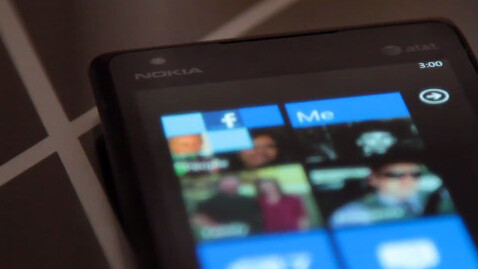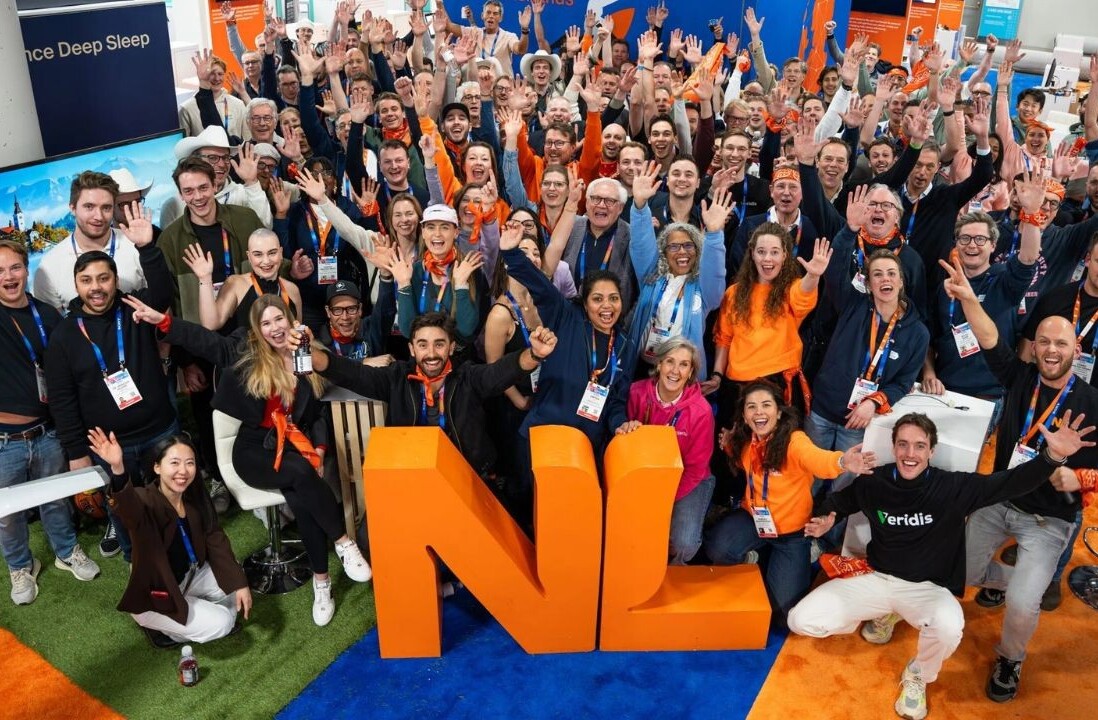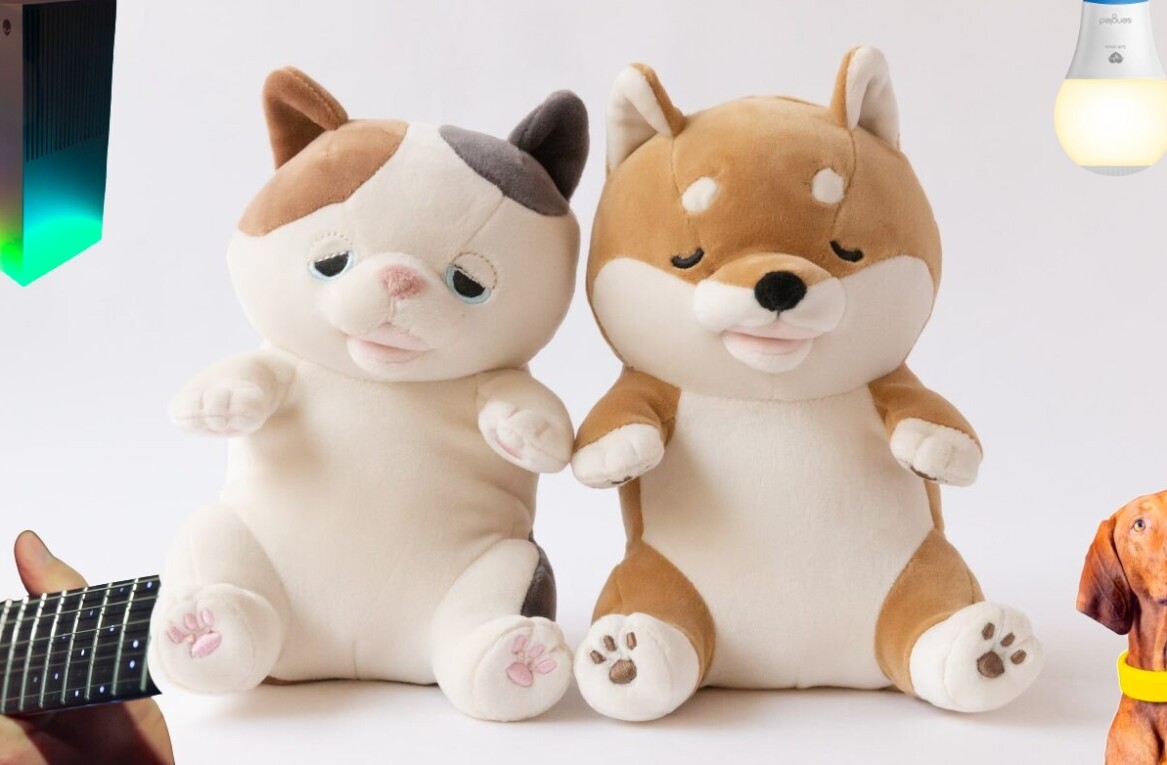
Today at CES 2012, Nokia announced the first LTE Windows Phone to come to AT&T, the Lumia 900. The device looks really, really great, with a striking design and very solid hardware. But, much like the Lumia 800 before it, it cannot succeed purely on its own merit.
Before we get to the heart of the matter, a bit of scene setting is in order. I have been using a Lumia 800 as my off-hand device for weeks now. I think that it is a huge return to the Nokia of old, and a massive improvement over any other Windows Phone on the market.
The Lumia 900 looks to take the great 800 model and up its key selling points in almost every way. A larger 4.3″ AMOLED display and a front facing camera for the bundled Tango video chat app are nice additions. The largest improvement comes with the LTE radio, which should compliment the excellent browser very well for streaming and posting images.
http://www.youtube.com/watch?feature=player_embedded&v=k3Nfh9bl0Z8
If the Lumia 900 was judged completely on its own merit, it would stand as one of the most beautiful and well designed phones in the world, as it deserves to.
Unfortunately, Nokia isn’t entering a fair fight.
Instead, it’s coming into an arena with some incredibly tough opposition from Samsung, HTC and Apple, all companies backed by marketplaces with hundreds of thousands of apps and embedded cloud services.
If you just look at the app numbers, it seems to look fairly rosy for Microsoft. The Windows Phone Marketplace has hit 50,000 apps at just over a year since launch. Roughly on par with when Apple’s App Store and the Android Market did it. Microsoft has all of the bones of the cloud ready to go and even offers those services to other companies, making Microsoft uniquely positioned to offer a solution that works ‘out of the box’ so to speak.
Unfortunately, the public’s Windows Phone adoption has been weak so far. And despite decent numbers in Europe that show the Lumia 800 topping some charts and having garnered some decent mindshare in the tech blogosphere, it really has yet to blow up.
To say that the Lumia 900 faces an uphill battle in the US, a huge market for smartphones, is to state it very lightly.
The device, if it’s anything like the 800 to use, is likely to be a fantastically designed piece of kit, one of the first to not only match the iPhone’s feeling of care and polish, but to exceed it in some areas like network speed.
Five years ago, to the day actually, Steve Jobs introduced the iPhone to the world. At that event, he said that Apple was at least 5 years ahead of other mobile devices in software.
The Lumia and its implementation of Windows Phone Mango — while remaining substantially different than the iPhone in almost every way mind you — Is easily the closest I’ve seen to an experience as fluid and user friendly as the iPhone. That includes Android 4.0 Ice Cream Sandwich, which is light years better than it was even a year ago, but still very rough and janky-feeling.
Still, it’s not enough to have what may be the best non-iPhone phone.
The way I see it, Microsoft and Nokia need to do three things in order for the Lumia 900 to have a chance in hell:
- Produce a major push in consumer-focused advertising in the US. Samsung has completely thrown in the towel and begun producing ads that sell its devices in a very Apple, and very human, way. Microsoft has shown its willingness and ability to do that and it should continue in this vein. Instead of selling features, people want to be sold an experience. It’s not what the phone does, it’s what you can do with it.
- Gain the trust and support of a large amount of application developers. In my use of the Lumia, I have found that the apps that are out there for Windows Phone are far poorer than their iOS counterparts, almost universally. Microsoft needs to convince developers that there is an opportunity for them to make money and that it is worth their time. Better development tools, and more evangelism, should help.
- Continue to tweak Windows Phone extensively to integrate it with Windows 8. 350 million units of Windows needs to be leveraged to give people a reason to buy a Windows Phone. Find a way to do that and the battle is largely won.
You may notice a trend here. The success of the Lumia 900 will have nothing to do with how good it’s hardware or software is, it will instead depend on whether or not it can craft an ecosystem around the product that will drive demand in the face of the entrenched opposition.
Microsoft and Nokia have created a hand-in-hand partnership which mimics the current Apple-inspired wisdom that you must be the company that makes both software and hardware to produce a polished product. Much like what Google has done with its Nexus series but, in my opinion, better.
The result was a phone that I said I could see myself giving up the iPhone for. Now it has produced the Lumia 900, an edition that is better in many significant ways, but whose fate lies outside of its own merit.
Get the TNW newsletter
Get the most important tech news in your inbox each week.




